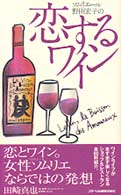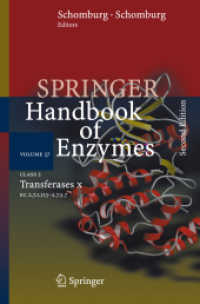- ホーム
- > 洋書
- > 英文書
- > Literary Criticism
Full Description
Shortlisted for the AUHE Prize in Literary Scholarship 2022 Winner of the Walter McRae Russell Award 2023
Since its publication in 1903, Joseph Furphy's Such is Life has become established as an Australian classic. But which version of the novel is the authoritative text, and what does its history reveal about Australian cultural life?
From Furphy's handwritten manuscript through numerous editions, a controversial abridgement for the British market (condemned by A.D. Hope as a "mutilation"), and periods of obscurity and rediscovery, the text has been reshaped and repackaged by many hands. Furphy's first editors at the Bulletin diluted his socialist message and "corrected" his Australian slang to create a more marketable book. Later, literary players including Vance and Nettie Palmer, Miles Franklin, Kate Baker and Angus & Robertson all took an interest in how Furphy's work should be published.
In a fascinating piece of literary detective work, Osborne traces the book's journey and shows how economic and cultural forces helped to shape the novel we read today.
Contents
List of Figures
Acknowledgements
Abbreviations
Chronology
Introduction: Entangled in the Work
Bushman and Bookworm: Furphy's Literary Foundations
Such is Life: From the Writer's Sanctum to the Literary Marketplace
Versions of Such is Life: Typescript and Book
An Anabranch of Such is Life: Rigby's Romance as Typescript, Serial and Book
The Death of the Author: Kate Baker's Such is Life
Wartime Revival: Tom Collins in the 1940s
Shaping the Canon: Joseph Furphy Goes to University
Epilogue: Where the (adj. sheol) is Joseph Furphy's Such is Life?
Works Cited
Index







